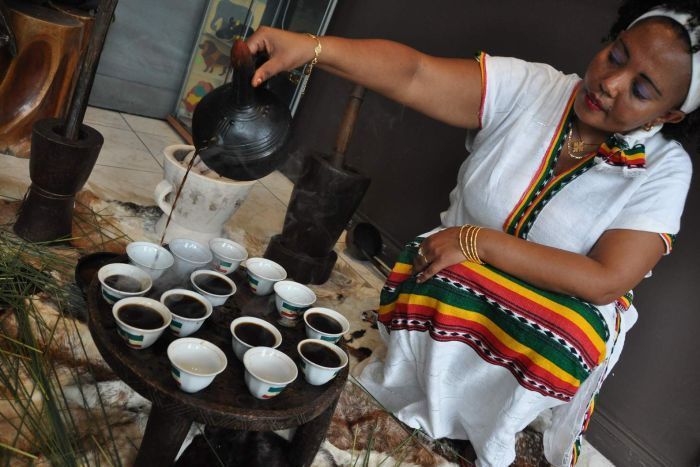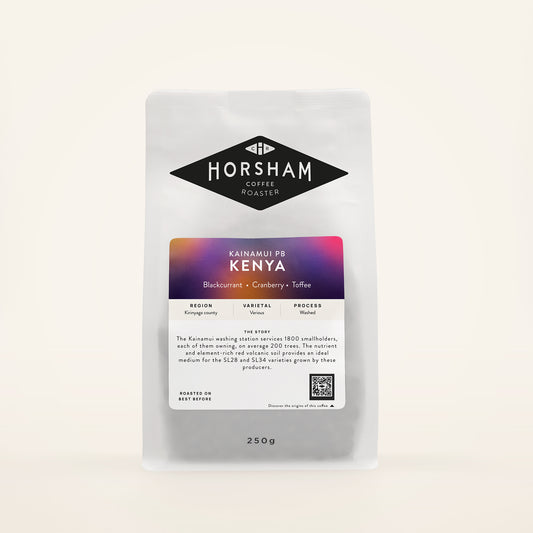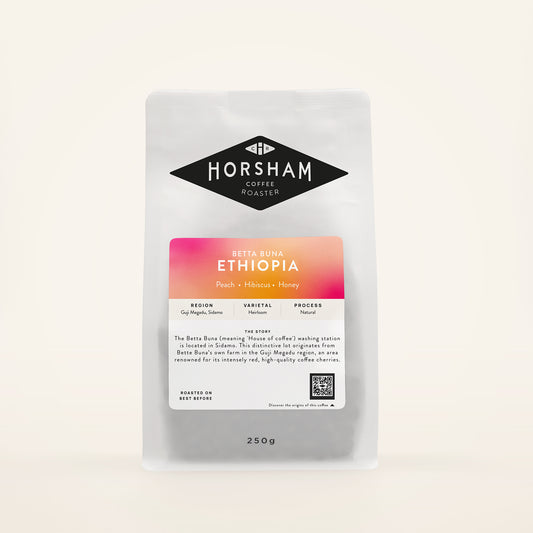Ethiopian Coffee Ceremony and coffee culture
It is not unusual for coffee enthusiasts to have a ritual of preparing their coffee, most commonly extending until the last drop of coffee is gone from the cup. Whether your routine is to leisurely sip your coffee while reading the morning papers or attacking your cup of coffee vigorously, your ritual is vital for you to start the day on the right note. In many coffee producing countries, the culture of consuming coffee is non-existent.
But did you know that in some countries, coffee reserves a special place in most elaborate and elegant ceremonies, often lasting for hours and shared with friends and family? One such country is Ethiopia, the birthplace of coffee. Coffee has existed for so long in this country; it even has an old legend telling about a goat herder that discovered the magical and energizing properties of the coffee when his goats ate the berries.

From then on, the people in Ethiopia practised the coffee making and drinking ritual that is now an integral part of the cultural life in the country. Being invited to a coffee ceremony is considered one of the most significant signs of respect and friendship. The 'jebena buna' ceremony is an essential part of everyday life in Ethiopia involving entire families with their children and lasting up to two hours. Let's take a look at how Ethiopians transform raw, unwashed coffee beans into cups of fragrant coffee in this unique ceremony.
Preparation
The honour of performing the traditional Ethiopian coffee ceremony usually goes to the youngest woman in the family. From her young age, she was regularly exposed to this ceremony and was encouraged to learn the skills. During the ceremony, she will wear a traditional, long white cotton dress with embroidered and colourful borders. Her movements are graceful and take on an art form.
She will spread aromatic flowers and grasses on the floor and place a tray with small ceramic cups, so-called 'cini', on the top. Throughout the ceremony, she must keep burning incense to ward off and evil spirits.
Jebena is a type of the clay pot with a round bottom and long narrow neck, and at this stage, the hostess will fill it with water and set it over hot coals. In the meantime, she will take a handful of green, unwashed coffee beans and put them into a heated pan. Holding the pan over hot coals, she will stir and shake the pan until the husk falls off the beans.
Roasting
The hostess will continue to shake the pan until the beans start to pop and crackle, and reach either medium brown or black and coated with oils. After the roasting finishes, she will go around and allow every guest to take in a bit of the freshly roasted coffee aroma. If the smell is found unpleasant to guests, the hostess will start the entire ceremony from the beginning.
Grinding
To crush the roasted coffee beans, the hostess will use something similar to mortar and pestle- 'mukecha', a small wooden bowl, and 'zenezena', a long metal cylinder.
Brewing
When the steam from the jebena begins to rise, one small portion of water will is poured into the little cup with the coffee grounds. The thick liquid is then poured back into jebena, and the hostess will continue to make this back-and-forth motion transferring all the coffee to jebena.
Serving
To prevent the coarse grounds from ending up in the cups, the hostess will pour the coffee from about a foot above the cups. She will fill all the cups without breaking the stream. It is also usual for guests to shower the hostess with compliments while enjoying their coffee. The coffee will be served with plenty of sugar or honey, salt or even butter in some regions. Traditionally, they will also serve fruit, popcorn and sweets with the coffee.
The first guest served coffee would always be the eldest person or the guest of honour. During the traditional Ethiopian coffee ceremony, coffee is served up to three times, and each serving, named abol, tona and baraka, will be weaker than the previous. Tradition says that the first one is for pleasure, the second one is to provoke contemplation, and the third one serves as the blessing to the drinkers. Adding more water to the jebena after the serving and reboiling the coffee, makes each brew weaker than the other. According to the legend, Abol, Tona and Baraka were the names of three goats that discovered the coffee berries in the first place.




